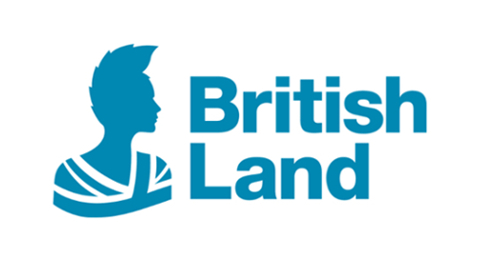The Pursuit of Happiness
12 January 2016The Pursuit of Happiness
12 January 2016Since launching our 2020 sustainability strategy last year, we’ve been exploring exciting opportunities for British Land to use placemaking to enhance the wellbeing of the many thousands of people who work, shop and live in our properties each week.
Placemakers may not be able to influence every aspect of people’s wellbeing, but the built environment provides the foundation for people’s wellbeing to flourish, affecting how people feel and behave, as well as how they interact with others and how productive they are.
There is a strikingly broad array of evidence to support the huge role that we could play in enhancing wellbeing and productivity through placemaking – and on the potential social and commercial benefits that could result from this.
Evidence that the built environment can influence wellbeing comes from a range of disciplines. For instance:
- Public health research shows that urban design directly influences the amount of physical activity people get every day, and how much time people spend with family and friends – both factors that have a direct impact on heart health, stress indicators and life expectancy.
- Neuroscience shows that urban shapes, scents and sounds can all affect human emotions, e.g. sharp angles, long blank walls and traffic noise trigger stress responses. It also reveals that people who say they are happy have more activity in the pleasure centres of the brain and lower stress hormone levels in their blood.
- Behavioural psychology shows that wellbeing correlates with certain conditions that can be facilitated through the external environment, including opportunities for social connections and freedom to influence personal environment.
- Environmental psychology shows that the urban environment affects behaviour. For instance, people exposed to nature in cities are more productive and tend to be more generous, neighbourly and helpful; drivers pay more attention to road design than speed signs in how fast they drive; walking contributes to day-to-day happiness; and people walk three times further along streets lined with small shops than through car parks.
Evidence also shows that if we get this right, the potential benefits are significant – for the people who work, shop or live in our buildings, for the commercial firms that operate in our space, for our local communities, for our investors and for the wider society:
- Commercial experience shows that businesses are increasingly willing to pay a premium for high-quality, walkable and connected urban environments – places their employees and customers prefer.
- Economic geography shows that environments promoting face-to-face interactions are associated with stronger GDP growth and creativity; and that wonderful public realms which encourage pedestrian traffic also attract and hold customers.
- Consumer research shows that the sociability of shopping environments can be the biggest contributor to customer satisfaction.
- Interdisciplinary research offers lessons about the relationship between placemaking, people’s sense of belonging and the success of local business. The Knight Foundation’s Soul of the City survey found that communities with the highest levels of place attachment also had the fastest GDP growth.
Placemaking lies at the heart of what we do here at British Land. And the pursuit of happiness is clearly a significant aspect of placemaking. Our focus on wellbeing can help us create outstanding places where people want to be – places that make a positive difference to people’s everyday lives, and so add long term value for all our stakeholders.
In addition to testing a range of wellbeing measures in our Head Office (read more here) and partnering with occupiers on wellbeing initiatives at Paddington Central, we are working with Happy City to develop a series of wellbeing principles to guide our placemaking strategy. We look forward to bringing you more on this as we continue to make progress in this important area.
This blog was first published on British Land's website here.
